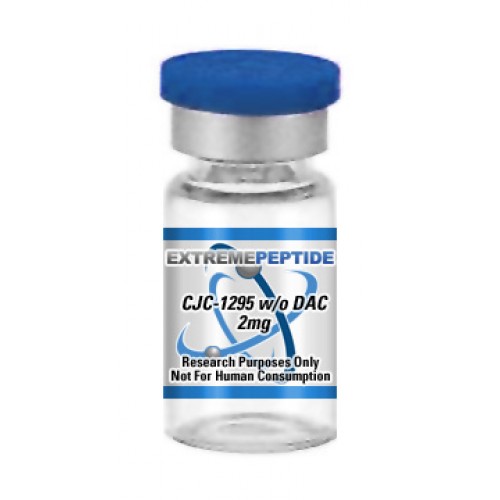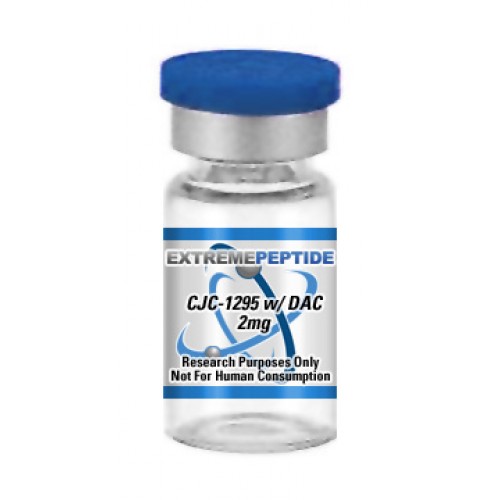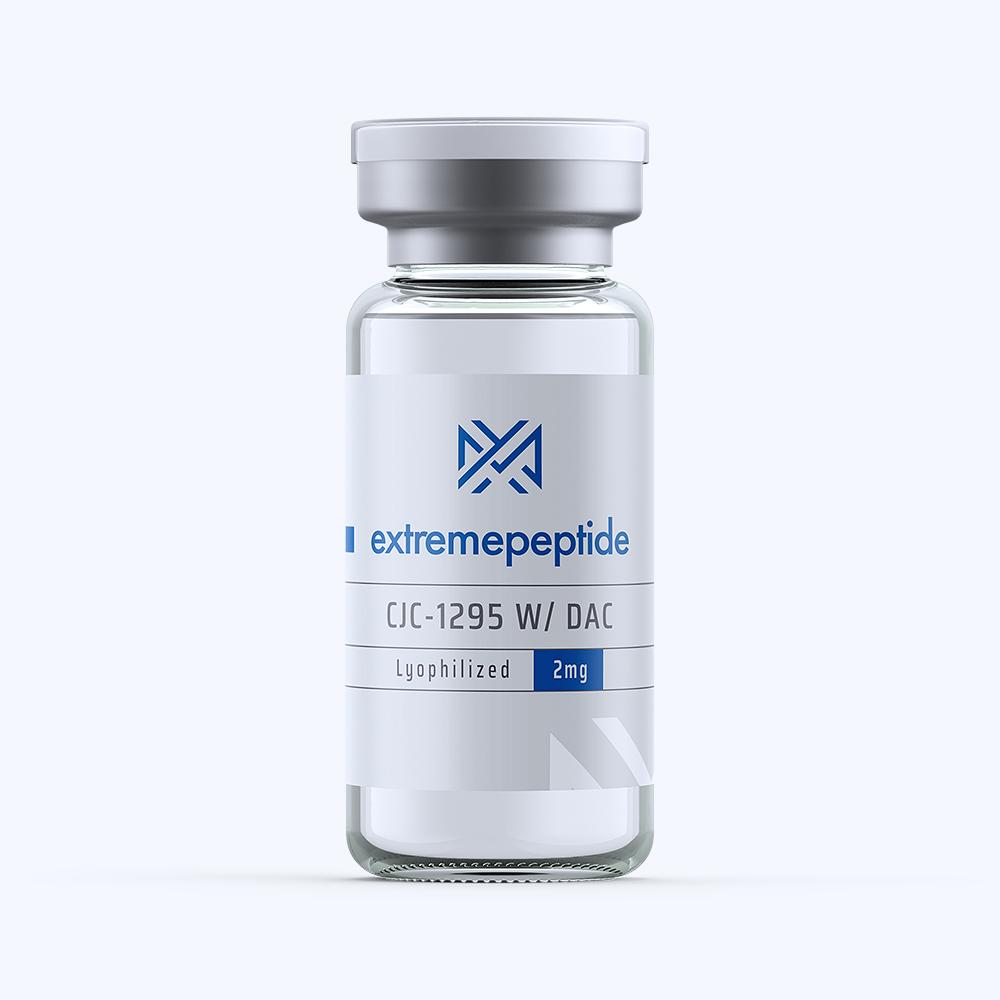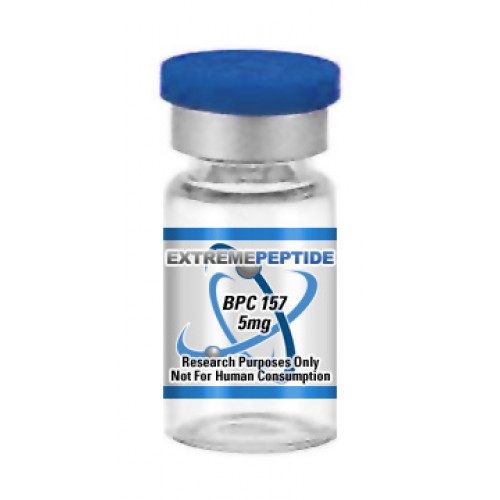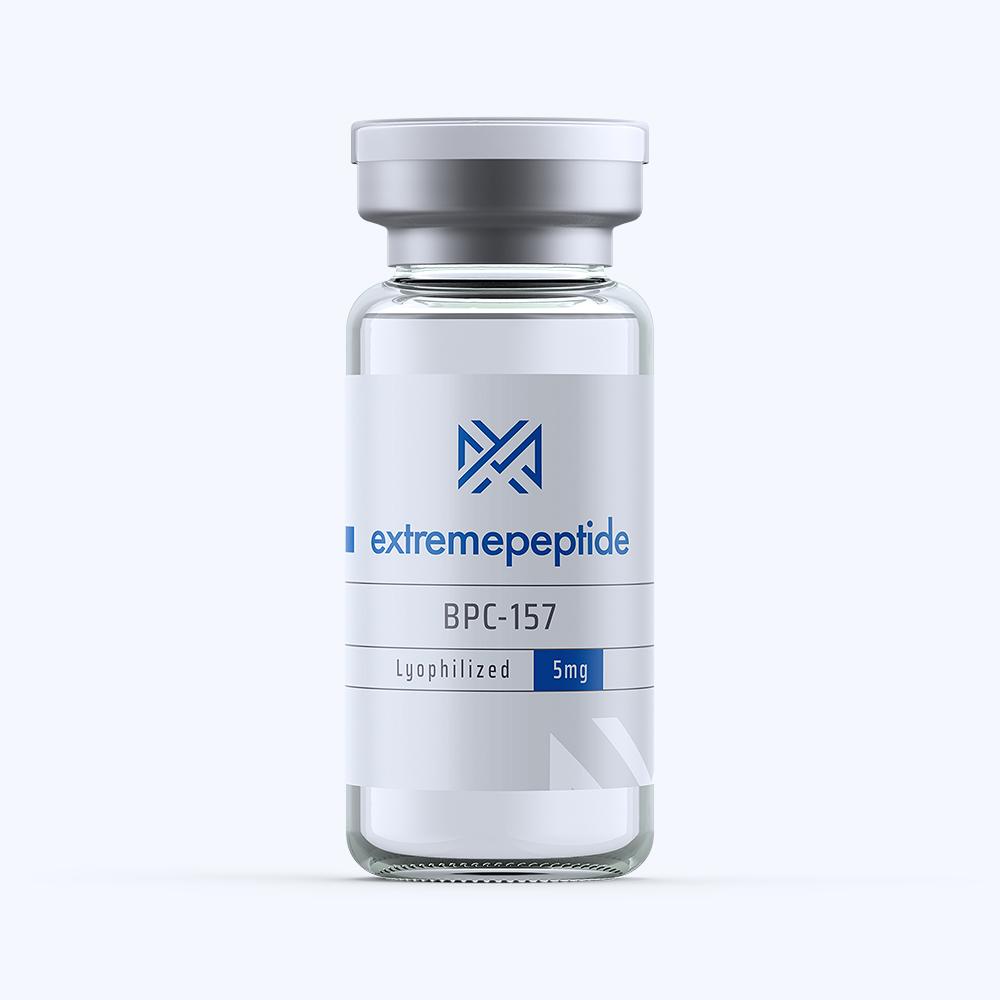The tetrasubstitued peptide CJC-1295 No DAC has a chemical structure of C152H252N44O42 and a molecular weight of 3367.2. Its structure is that of a 30 amino acid peptide chain. Its functionality is marked by its ability to bioconjugate with the globular protein serum albumin; this means that contains an ability to pair up two biomolecules in order to form a chemical bond.
CJC-1295 No DAC’s Relationship with GHRH1-29
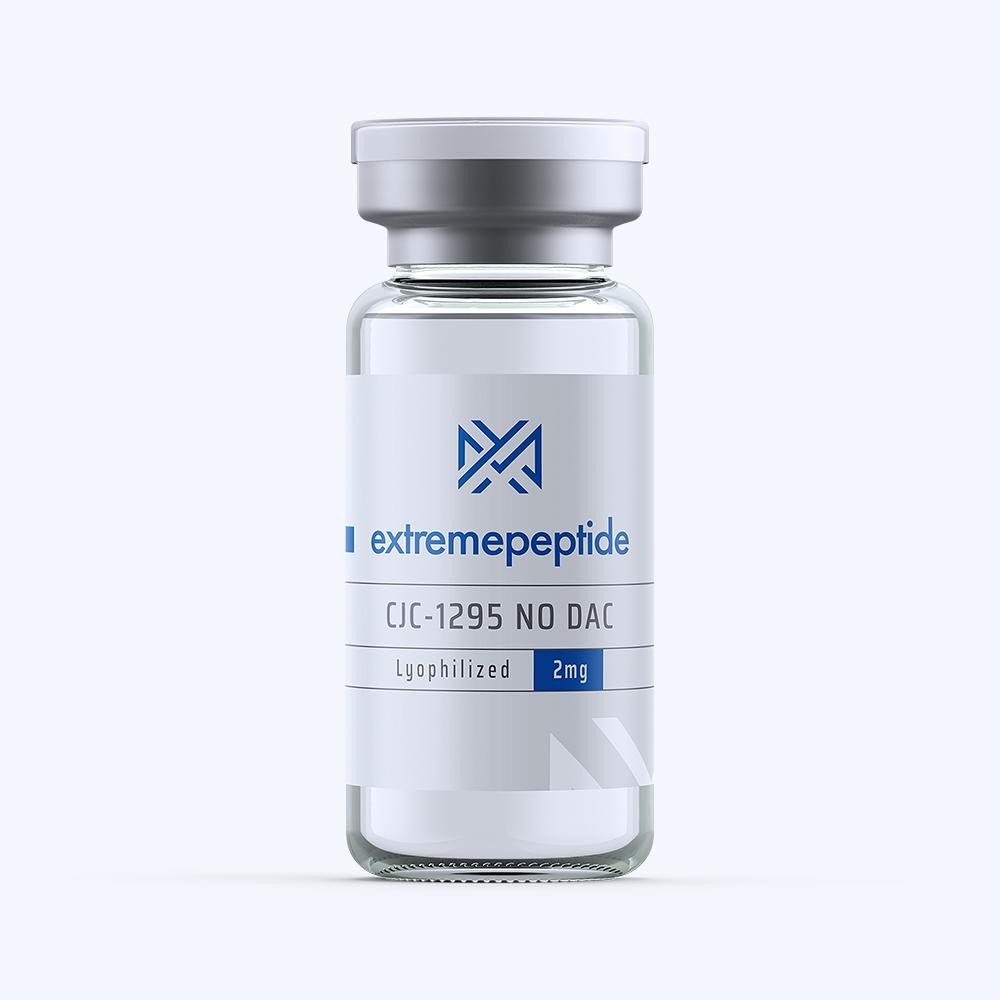 According to scientific study that has been based on animal test subjects, it has been determined that CJC-1295 No DAC’s overall functionality and mechanics has been linked to an active agent found within the peptide chain GHRH1-29.
According to scientific study that has been based on animal test subjects, it has been determined that CJC-1295 No DAC’s overall functionality and mechanics has been linked to an active agent found within the peptide chain GHRH1-29.
Basically, GHRH1-29 is a prime component of the negative feedback loop that is located within the growth hormone axis of animal test subjects. This process essentially acts as a means of regulatory control over a host of endocrine system-related processes, thus enabling an animal test subject the ability to maintain a consistent level of homeostasis.
The main issue with GHRH1-29 is that its inherent properties are not long lasting. This is due to the fact that it has a very rapid half-life; one that lasts less than seven minutes. The culprit behind this extremely short half-life is an enzyme known as dipeptidyl amino peptidase IV, or DPP-IV. This particular peptide functions by stimulating the production of antibodies and is essentially associated with processes tied to immune system regulation, signal transduction, and apoptosis (that is, programmed cell death). Because of the way in which DPP-IV functions, the enzyme more or less causes GHRH1-29’s half-life to cease rather quickly.
However, CJC-1295 No DAC’s relationship with GHRH1-29 essentially subdues DPP-IV’s half-life terminating effects, thus allowing GHRH1-29 to experience an uptick in bioavailability as well as a dramatic increase in half-life – one that lasts for over seven days. This extension enables the growth hormone axis within an animal test subject to experience a greater interval of production, which in turn allows the animal test subject to experience a more efficient means of homeostasis. This process is also linked to a few other aspects of CJC-1295 No DAC’s functionality, including its ability to block methionine oxidation and lower levels of deconstruction relating to the amino acid asparangine.
CJC-1295 No DAC’s Functionality and Boosted Processes
According to scientific study that has been built around animal test subjects, it has been determined that CJC-1295 No DAC and its relationship with GHRH1-29 can be linked to several elevated processes. Some of these boosted processes include:
- Elevated protein synthesis – scientific study on animal test subjects has determined that CJC-1295 No DAC’s ability to extend the half-life of GHRH1-29 and therefore allow for a greater functionality regarding the growth hormone axis in animal test subjects has led to the thought that a longer interval of cellular receptor engagement can occur, which in turn can cause more proteins to be produced.
- A reduction of adipose tissue, or body fat – CJC-1295 No DAC’s overall mechanics has demonstrated a capacity to promote the process in which lipids are broken down. Because of this accelerated degradation of lipids, it has been determined that body fat can be burned through on a significantly more efficient basis.
- An elevation in the growth of muscular tissue – Because it has been determined that CJC-1295 No DAC can produce an increased proliferation of proteins, scientific study based on animal test subjects has determined that the peptide can influence a greater influx of muscle cells. This then leads to an increase in muscle mass and size amongst animal test subjects.
- An expedited recovery from injury – CJC-1295 No DAC’s ability to boost protein synthesis is also thought to enable animal test subjects to heal from various injuries on a more efficient basis.
- An improved instance of deep sleep – Scientific study based on animal test subjects have determined that the process of protein synthesis reaches its apex when the test subject experiences its deepest level of sleep. Because of this, it is thought that an animal test subject will be able to experience an enhanced measure of deep sleep as a means to provide compensation for the elevated process of protein synthesis.
- Boosted bone density – Scientific study based on animal test subjects has determined that CJC-1295 No DAC enables an increased measure of generation regarding bone mineral manner per square centimeter. This in turn allows for stronger bones that are less susceptible to fractures, breaks, and other bone-related issues.
All matters of research relating to the way in which CJC-1295 No DAC operates has all been culled from scientific study on animal test subjects. Because of this, any observations relating to CJC-1295 No DAC’s overall functionality should exclusively be the product of study performed in a strictly contained environment such as a medical research facility or a laboratory.
